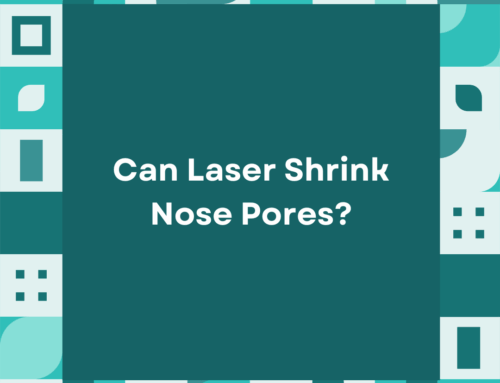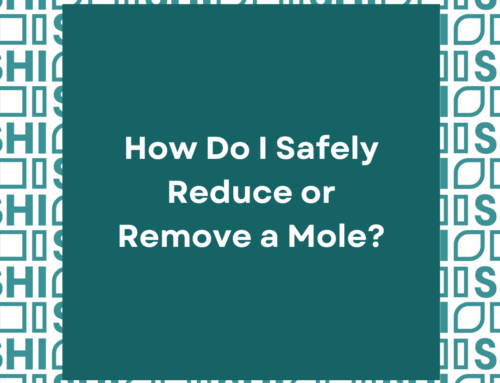Sun Protection Factor, more commonly known as SPF, is a universal tool for consumers to choose their sun protection products. However, due to its relatively simple classification, an SPF number can often be inadequate at explaining the complex nature of skin protection.
To best protect the skin against harmful sun exposure and cancers, we must first address the common misconceptions that many consumers harbor and explore the steps in determining good qualities to look for in sun protection products.
Many consumers believe that SPF is related to the time that the sunscreen allows them to stay in the sun. However, this is not true as SPF is related to the amount of sun exposure protection that is blocked out from the sun when the product is in full effect.
Layers of Protection
The UV light spectrum is grouped into three categories: UVA, UVB, and UVC. UVC rays are often absorbed by the ozone layer and do not reach the surface of the Earth, unlike UVB and UVA radiation. While most UVB rays are usually intercepted by the ozone layer, some do manage to penetrate the surface and their intensity varies depending on the season and location. Conversely, UVA rays, accounting for 95% of the UV light to reach Earth’s surface, are relatively equal in intensity throughout the year.
In general, most SPF products are targeted to protect against harmful UVB rays. UVB rays cause sunburn and non-melanoma skin cancers, such as basal and squamous cell carcinomas. On the other hand, UVA rays are more complex to combat because they are much harder to block out with over-the-counter products and bring out less common melanomas. This is because while UVB rays mostly affect the epidermis, the top skin layer, UVA rays attack the deeper layers of the dermis and contribute to skin aging and DNA damage.
SPF Scale and Labels
Currently, many sun protection products on the market have SPF values ranging from the lowest value of 2 to the highest value of 100.
Contrary to popular belief, the SPF scale is not a linear one and the strength of the product’s sun protection does not proportionally increase with SPF. To further explain, SPF 15 blocks 93% of UVB rays, 25 blocks 96%, 30 blocks 97%, and 50 blocks 98%.
Many are even more surprised to hear that SPF 100 only blocks 1% more than SPF 50, almost negligible in comparison. For reference, this means that if 100 photons of the sun enter your skin without sunscreen, then only 2 photons will enter the skin with SPF 50 sunscreen.
When consumers purchase sun protection products, many default to reaching for the ones with the highest SPF values possible. However, these products are only marginally better in sun protection and cause consumers to misuse them more than products with low SPF. These products provide consumers with false security, causing consumers to initially apply less sunscreen than the recommended amount and reapply less often after physical activity.
Past studies have shown that high-SPF products protect against bad sunburns caused by UVB rays, but do little for UVA protection. Since consumers of high-SPF products tend to misuse the sun protection products more often, this increases their risk of UVA radiation.
Having recognized this problem, many companies now offer a “Broad Spectrum” label on their products. In order for companies to use Broad Spectrum labels, the product must pass additional testing mandated by the government to demonstrate its effectiveness of dual protection against both wavelength regions of the radiation spectrum.
FDA’s Regulation of SPF
Since 1978, the Food & Drug Administration (FDA) has been regulating sunscreen to ensure its safe usage on human skin. In 2019, the FDA issued new guidelines for over-the-counter sunscreens, an effort to hold production corporations responsible for the continued surveillance of their products. As part of that proposal, the FDA published recommendations against these high-value labeling and advised maximum SPF to be capped at 60.
Currently, the FDA requires all labeling of OTC sunscreen drug products to be submitted and reviewed before approved for distribution to the public. When testing, the FDA requires a minimum of 10 subjects, with a maximum of three subjects to be omitted from testing.
As the market changes, the FDA will continue to actively monitor and adjust its guidelines to best protect the interests of the consumers.
Revisiting the Debate of Sunscreen vs Sunblock
There has been a long debate over sunscreen versus sunblock and its efficacy against UV radiation.
The main difference is in their method of protection. Sunscreen is described as a chemical product that filters, screens, and absorbs some UV light. Alternatively, sunblock, known as a physical UV protection product, reflects incoming rays and actively blocks them from penetrating the skin. Sunblock essentially acts as a physical barrier between the skin and the sun.
While they aim to protect the skin in different ways, both are recommended products by dermatologists and their usage is dependent on consumers’ tolerances. For example, some may find that sunblock is less harsh on the skin and causes less irritation or allergies.
Safety Procedures for Selecting and Using Sunscreen
- Decide which dosage form you want your sunscreen to come in. The FDA currently approves the following forms: sprays, oils, lotions, creams, gels, butters, pastes, ointments, and sticks. Avoid powders as their efficacy has not been determined.
- Ensure that your sunscreen has an SPF higher than 15 and is Broad Spectrum. If your sunscreen does not meet these requirements, the front of the product will display the following: “See Skin Cancer/Skin Aging Alert: Spending time in the sun increases your risk of skin cancer and early skin aging. This product has been shown only to help prevent sunburn, not skin cancer or early skin aging.” If possible, avoid products with these alerts.
- Be wary of “waterproof” or “all-day protection” labels. While labels can claim to be “water-resistant” meaning 40 minutes of protection in the water, waterproof labels imply the lack of need for reapplication, which is misleading and false.
- Review the ingredients in your sunscreen. Currently, the only two ingredients that have been officially approved as safe and effective for skin use are oxide and titanium dioxide. Avoid products with ingredients with para-aminobenzoic acid (PABA) and trolamine salicylate as they have been declared as not safe and effective for public use.
- Apply your sunscreen for 15-30 minutes before sun exposure to maximize its benefits. As a rule of thumb, experts recommend applying about 2 mg/cm2 to the skin evenly.
- Reapply after every 2 hours of sun exposure or even more frequently if you are exposed to water or sweating heavily.
Highest Level of Skin Protection
To best protect your skin, you need to find the right product for your skin, ensure that you are using it properly and reapplying as needed, and consistently use the product. Healthy skin can only be achieved through consistency and appropriate protection. To find the right product for your daily skincare regimen, please contact our professional dermatologists at Scar Healing Institute today!





